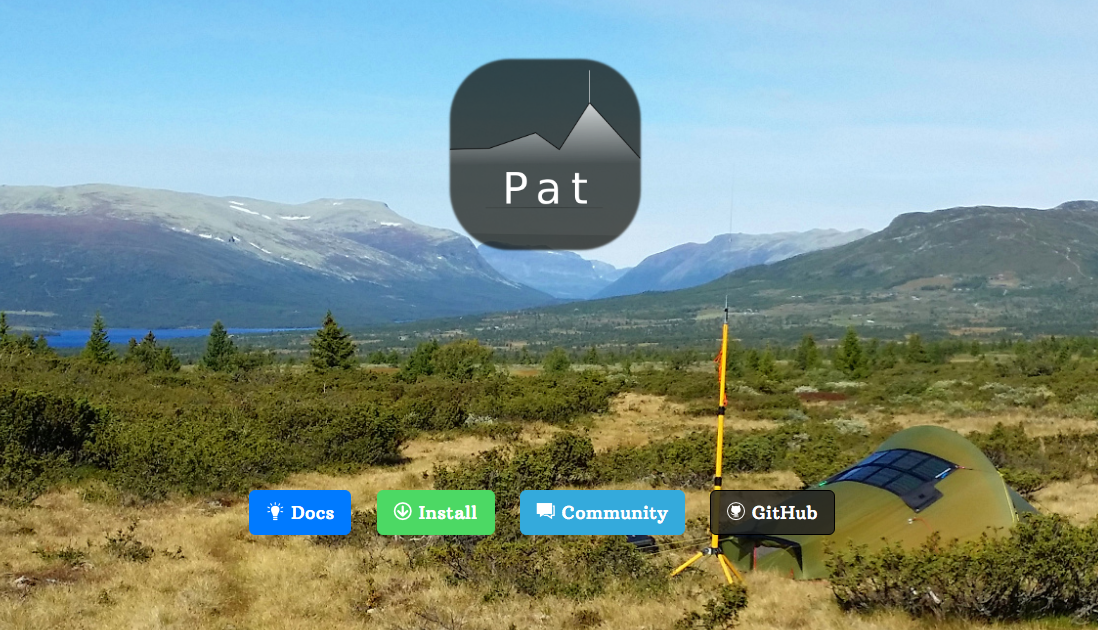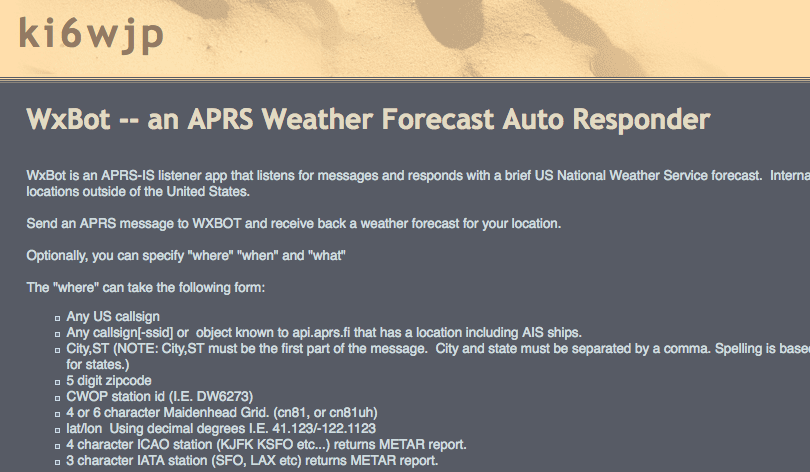by Ron | 2M, 70CM, UHF, VHF
I bought a Anker Soundcore bluetooth speaker to use with my FT3DR, but it won’t pair. The FT3DR “sees” the Anker speaker, but when I try to connect, it tries for a while, then fails. Will look for another speaker.

by K7KEZ | 2M, 70CM, APRS, UHF, VHF
I’m always looking for better APRS coverage. I’ve had a Tram mag mount on my 2014 Subaru Forester for two years. Of course, everyone recommends drilling a hole in your roof instead. Most everyone claims they can hit repeaters they’ve never been able...

by K7KEZ | HF, Linux, UHF, VHF
Very cool, can’t wait to try this out. http://getpat.io/

by K7KEZ | APRS, UHF, VHF
This is super cool perl script that returns the local weather forecast via an APRS MSG. https://sites.google.com/site/ki6wjp/wxbot

by K7KEZ | APRS, UHF, VHF
On Friday, April 14 VHF packet service from the ISS was restored. The Amateur Radio on the International Space Station packet digipeater system is again operating on VHF! Just tune to the previous standard frequency of: 145.825 MHz





Recent Comments